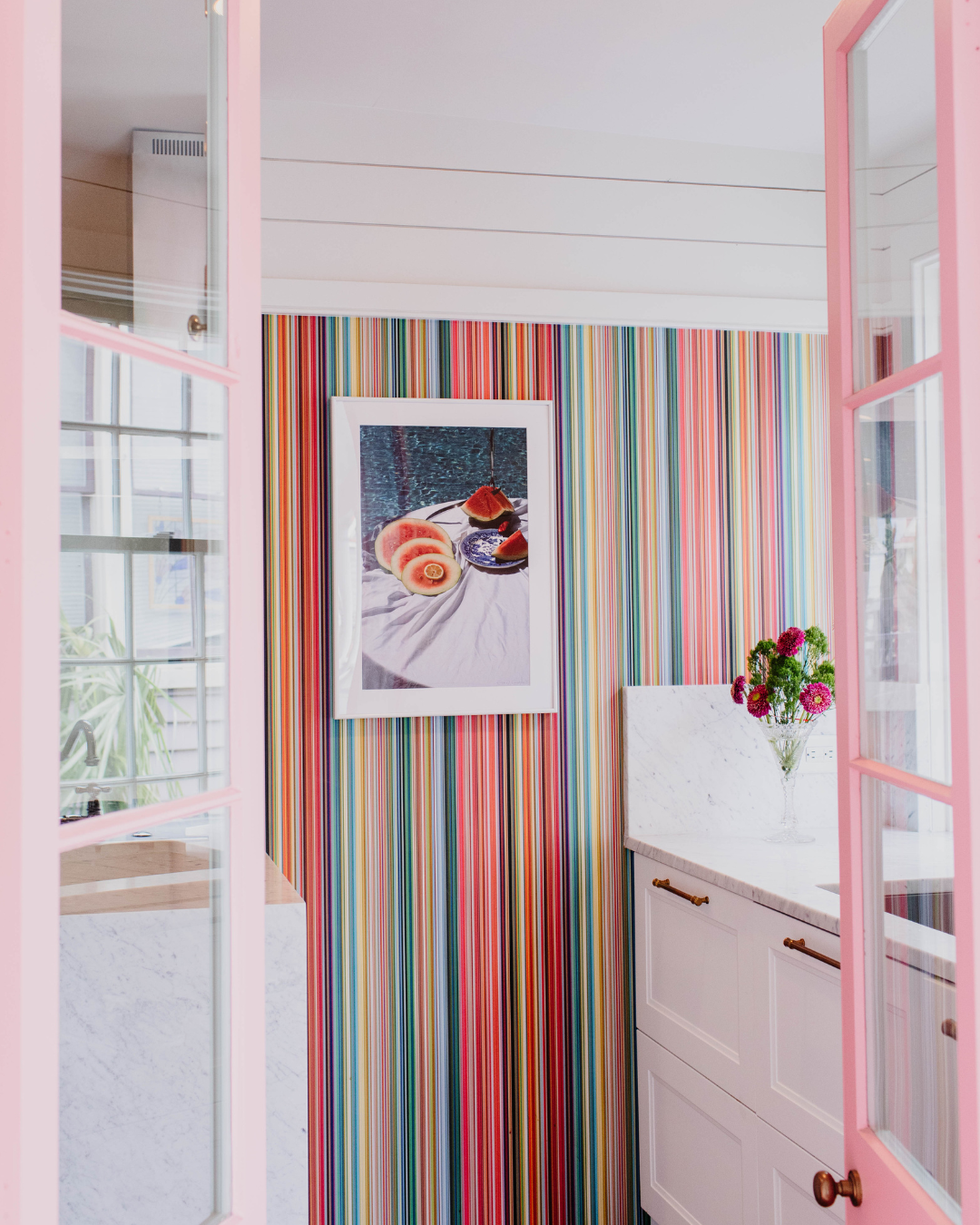The Complete Guide to Creating a Framed Gallery Wall at Home

How to Create a Framed Gallery Wall That Tells Your Story
Adding a gallery wall is one of the simplest ways to inject color, personality, and life into your home. Bare walls can feel cold and empty, but a carefully curated collection of framed wall art instantly adds warmth, style, and a sense of story. And the best part? You don’t need to be a professional designer to pull it off.
Why a Gallery Wall?
A gallery wall is more than decoration—it’s a way to express your personality. Whether it’s family photos, travel memories, or modern abstract framed art, each piece contributes to a collection that is uniquely you. A gallery wall also fills larger spaces without needing one oversized artwork.
Benefits:
-
Adds coziness and style to any room
-
Lets you mix frames and multiple art styles
-
Gives you flexibility to swap or update pieces anytime

Step 1: Pick Your Wall
Start with the wall you want to transform. Living rooms, bedrooms, hallways, and staircases work beautifully. Choose a space that’s well-lit and uncluttered to let your art shine.
Step 2: Choose a Theme
A cohesive theme keeps your gallery wall from feeling chaotic. Popular themes include:
-
Family photographs
-
Travel and adventure prints
-
Nature-inspired or botanical art
-
Black-and-white abstracts
-
Inspirational quotes
A theme guides your frame choices and ensures your wall tells a harmonious story.
Step 3: Select Your Frames
Frames are just as important as the artwork itself. You can go with:
-
Matching frames – for a sleek, balanced look
-
Mixed frames – to add variety and visual interest
Think about the style of your room: wooden frames bring warmth, while black glossy frames feel modern.
Step 4: Plan Your Layout
Before hanging, arrange your frames on the floor or create paper templates to tape on the wall. Common layouts:
-
Grid style – tidy and formal
-
Centered style – great for highlighting a single piece
-
Free style – casual, with varied frame sizes
Always leave some space between frames—too close feels crowded, too far apart loses cohesion.
Step 5: Hang Your Frames
Start with the center piece and work outward. Use a level to ensure everything is straight. Balance is key!
Step 6: Add Personal Touches
Gallery walls don’t have to be just art. Small mirrors, shelves, or plants between frames add texture and depth, making the wall feel dynamic and alive.
Step 7: Keep It Flexible
One of the best things about a gallery wall? You can change it whenever you like. Add new travel photos, rotate seasonal prints, or swap pieces as your style evolves—your wall grows with you.
Tips for a Stunning Gallery Wall
-
Mix frame sizes for visual interest
-
Stick to a color palette for harmony
-
Include photos, art prints, and quotes for balance
-
Step back frequently to see the big picture
Common pitfalls to avoid:
-
Hanging frames without planning
-
Placing them too high or too low
-
Overloading too many colors or themes
-
Ignoring spacing between frames
Conclusion
A framed gallery wall is more than decoration—it’s storytelling for your home. Each piece can represent a memory, inspiration, or feeling, turning plain walls into meaningful displays. With thoughtful planning, anyone can create a wall that is both stylish and personal.
FAQs
-
What height should my gallery wall be?
The center of your wall art should be at eye level, roughly 57–60 inches from the floor. -
Can I mix frame colors?
Absolutely! Mixing frames is fun and adds personality—just keep it cohesive with your room’s style. -
Are gallery walls only for large rooms?
Not at all! Even small walls can feel full and intentional with a few well-placed frames. -
What kind of art works best?
Anything you love—portraits, travel shots, quotes, or abstract prints. -
How many frames should I use?
Start with 5–7 and add more as space allows. There’s no limit—you create the rules.


